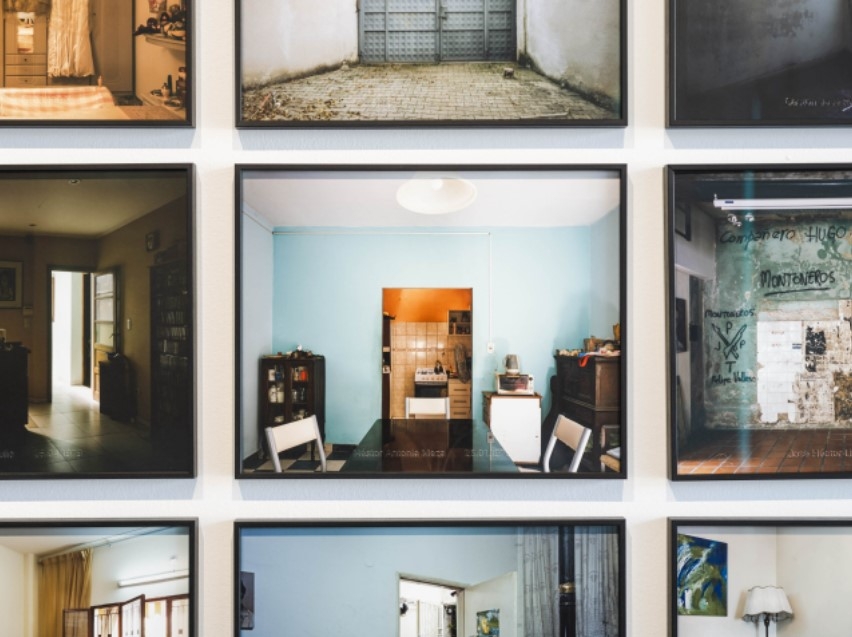The exhibition explores the myriad ways in which contested histories are narrated and distributed through images. Taking audiences on an expansive journey through the hallowed squares of Aleppo, Latakia and Damascus, across the skies above Palmyra and over the snow-covered post-industrial landscapes of modern-day Armenia.
Sarkissian’s initial training began in his father’s photo lab, Dream Color, in Damascus. Captivated by the possibilities of image-making, the artist left Syria for the Netherlans in his thirties to continue his studies, which led him to think conceptually through the space of photography. Within this sphere, the artist seeks to make evident the invisible narratives that live behind the unresolved wounds of conflict.
Sarkissian has long worked with analogue photography, using a large-format camera to produce life-sized photographs—a medium that Sarkissian has noted enables the thrill and experience that ’chance’ plays in capturing time in a hyper-saturated image culture and in an age that is over-saturated with digital cameras. Acting simultaneously as an archaeologist and storyteller, he employs photographic techniques to conjure landscapes that uncover the collective imprint of conflict in the lives of those who are most often ’left behind’. Drawing upon personal and collective memory, Sarkissian uses his own experiences to spearhead researched and choreographed scenes. Here, he invites the viewer to consider the formal aspects of the image; to ‘breathe in’ each one’s silence, leaving room to evaluate what might exist beneath its surface.
Over the past two decades, Sarkissian’s practice has evolved to encompass moving images, sculpture, sound and installation, creating meditative dreamscapes in some moments; deathscapes in others— sites where the muted voice, absent from the frame, is temporarily offered space to breathe. The Other Side of Silence reveals the artist’s timely exploration of the histories of disappearance; the architecture of violence and that which exists in the interstices, withheld from official record or history.
The collective threads throughout the show foster an inclusive emotional space. Constructing a sense of solidarity around collective traumas—Sarkissian argues for a form of social justice that compensates for the failures of official history, which too often, neglects to narrate the stories of the dispossessed.
Hrair Sarkissian: The Other Side of Silence is organised by Bonniers Konsthall, Sharjah Art Foundation, and the Bonnefanten. The exhibition is curated by Dr Theodor Ringborg, Artistic Director, Bonniers Konsthall; Dr Omar Kholeif, Director of Collections and Senior Curator, Sharjah Art Foundation; and Stijn Huijts, Artistic Director, the Bonnefanten. The exhibition was shown at Sharjah Art Foundation during the fall, 2021.




